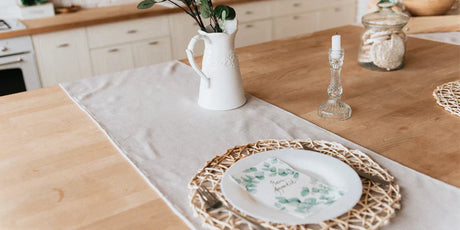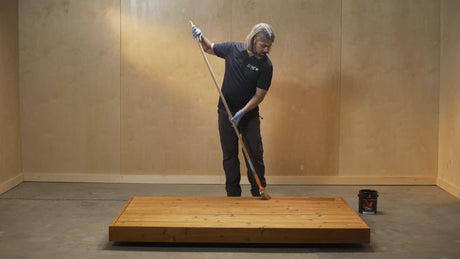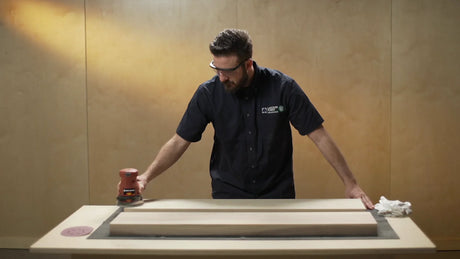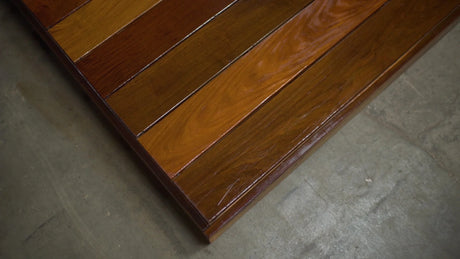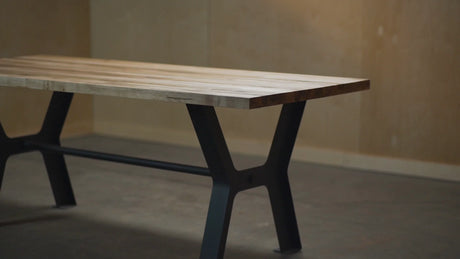Using a dry sharpening wheel, that is, a low-revolution wheel (between 1700 and 2000 rpm) without water to cool the tool, is a simple and quick method, but somewhat dangerous for soaking tools. In order not to damage the steel of our knives too much, we must replace the original gray stones with white aluminum oxide stones, because the gray stones are too hard and heat up the knives. For polishing, we will add a cotton wheel. The white stone should always turn downwards, towards the edge of our knife. As a white stone, it is recommended to use a 100 or 120 grit stone. The important thing to remember is that the finer the stone, the less material the stone removes, which creates more friction and therefore more heat. So, if we want to use a finer stone (to make polishing easier), we must not forget to include the step of cooling the knife (with a simple small pot of water). It is very important to keep the tool warm, that is to say always soak it and not wait until it is really hot before cooling it, because this will damage the steel by creating too great a heat shock.
As for polishing, we will use the green abrasive paste (which corresponds to a grain of about 2000/3000) with a 3/4 cotton wheel with a tight weave. Once again, it is important not to crush the knife or gouge for too long on the cotton, because the heat could soak the steel. The step consists of first polishing the bevel of the knife, until we have a mirror finish, to then hone the other side (the inner channel) in order to remove the small metal burr. However, honing should be done with a minimum angle of attack to avoid rounding the inner channel (or underside) of the knife.


